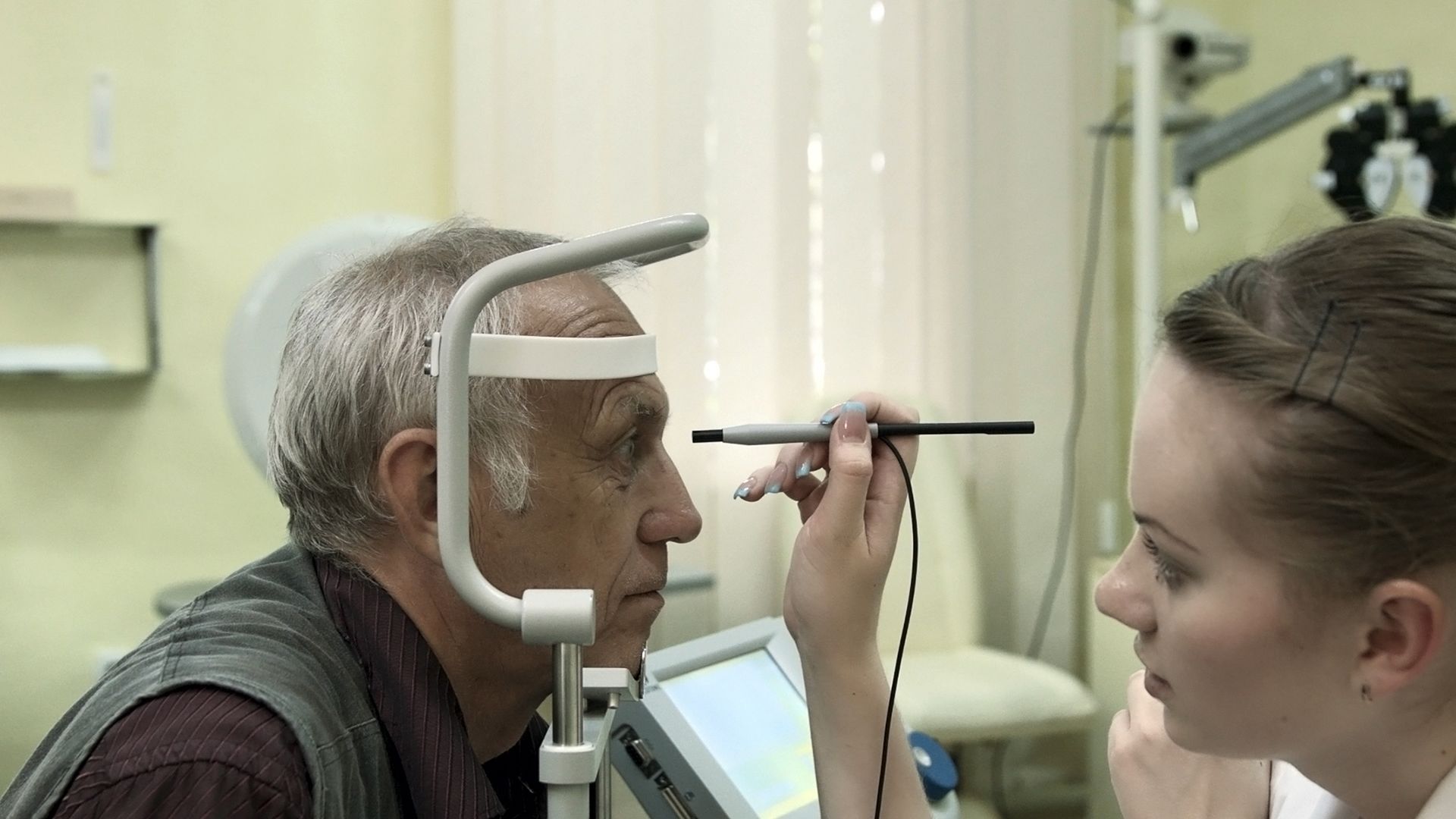Updated on April 10, 2024
Uveal melanoma is a type of cancer that begins in the eye. Roughly half of people who have this type of cancer will develop the metastatic form of the disease—metastatic uveal melanoma—where the cancer spreads from the eye to other parts of the body, such as the liver, lungs, and/or bones. There is no cure for this type of cancer, but there are treatments that can help a person with this diagnosis live longer.
Treatment options for metastatic uveal melanoma are also improving. In 2022, the first medication indicated specifically for the treatment of metastatic uveal melanoma became available. This medication is a type of immunotherapy—a cancer treatment that helps the body’s immune system detect and destroy cancer cells. Other therapies are under development.
People with metastatic uveal melanoma and their caregivers must learn a great deal of information quickly and use that information to make important decisions about treatment. Knowing where to find reliable information is helpful. With that in mind, the below resources offer good starting points for learning about metastatic uveal melanoma and also provide information about counseling, support services, and more.
National Organization for Rare Disorders
The National Organization for Rare Disorders (NORD) is a good starting point for reliable information about any uncommon health condition. The sections of the NORD website dedicated to ocular melanomas include an overview of diagnosis and treatment. NORD also offers the RareCare Patient Assistance Programs, which includes programs for with financial assistance, caregiver aid, and educational support. Information on eligibility and how to apply to these programs is available through the website.
Ocular Melanoma Foundation
The Ocular Melanoma Foundation is a non-profit organization focused on supporting research, providing education material, and raising awareness about ocular melanomas. The website offers both introductory and in-depth information, with sections on diagnosis, prognosis, treatment, and many other topics related to ocular melanomas. If you already have a grasp of the basics, this is a good next step to learning more. The site also includes information on clinical trials for metastatic disease, with links to resources that list clinical trials and patient information to understand different types of clinical trials.
A Cure in Sight
A Cure in Sight is a non-profit organization started by a group of people living with ocular melanoma who wanted to support those unable to afford medical treatment for eye cancer. The site includes basic information on metastatic disease as well as scientific papers about the condition that examine the latest developments in research. There is a patient registry where a person with ocular melanoma can contribute information about their experience to be used in research. There are also several pages dedicated to different resources that may be helpful to people and families living with metastatic uveal melanoma—a physician finder, financial and travel assistance, and a companionship program.
CancerCare
Anyone diagnosed with metastatic uveal melanoma should meet with an oncology social worker. An oncology social worker is a professional who specializes in assisting people with cancer and their families, helping them navigate treatment and access resources. Many hospitals and cancer care centers have oncology social workers on staff. CancerCare also provides access to oncology social workers, who provide information on treatment, working with a healthcare team, and financial resources for people with cancer. You can also access online support groups led by oncology social workers.






